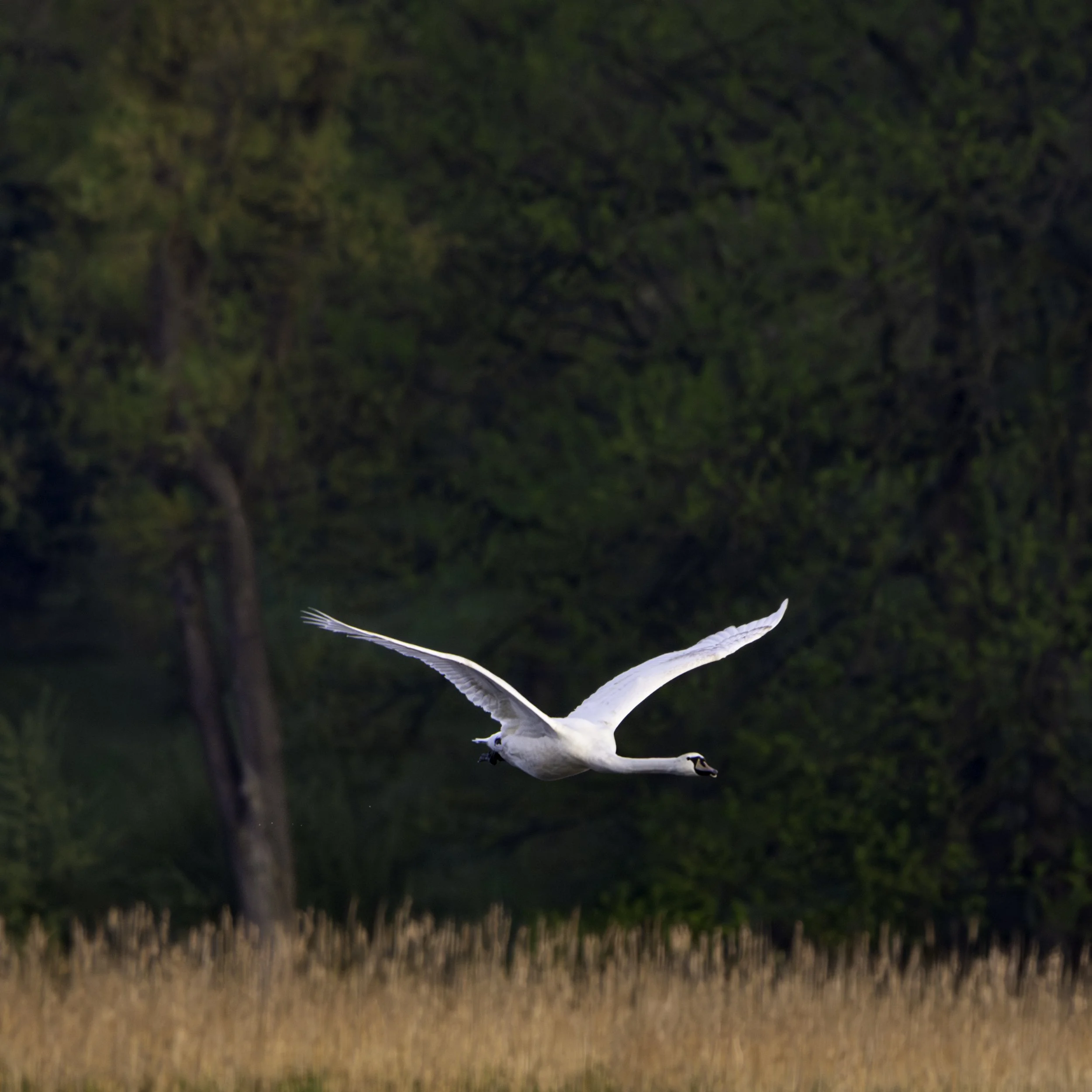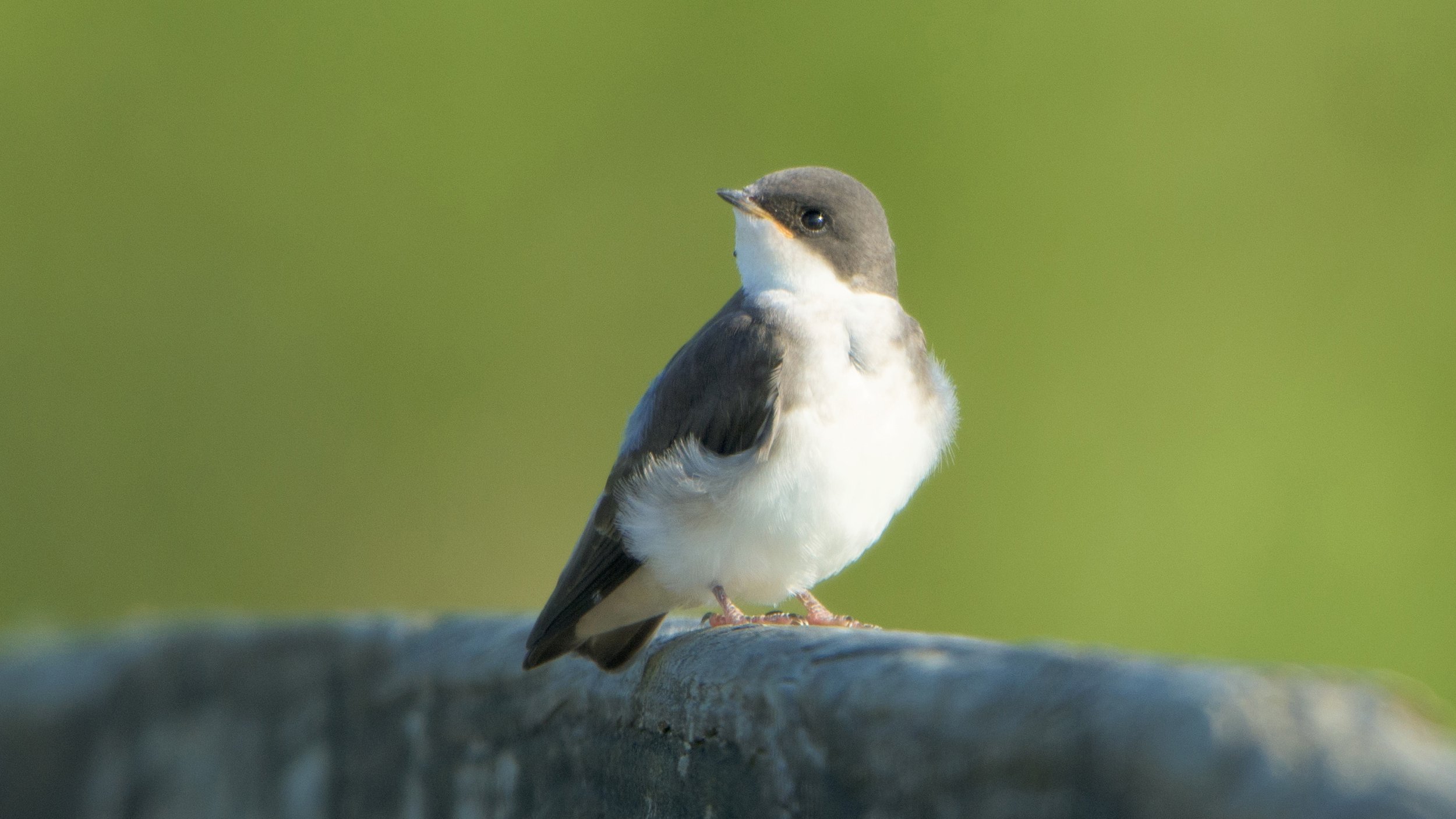Wildlife Photography with the Nikon D7200 and the Sigma 150-600 mm lens.
This short post is based on the most recent video posted on my youtube channel. I will primarily focus on my experience with photographing wildlife that day using a specific camera and lens combination (Nikon D7200 and Sigma 150-600mm lens) as well as dealing with less than desirable weather conditions. Before I get into that I want to say a few words about the wildlife featured in the video. Crosswinds Marsh Nature Preserve in Michigan is one of my favorite places to take pictures. There are an abundance of interesting wildlife, especially birds , however some are considered invasive. After doing some research I discovered that the Mute Swans in the video, although beautiful, are actually considered an invasive species and pose a negative impact on our ecosystem. Although I have never been in close proximity to them, they can apparently be very aggressive as well. I have seen many of these swans over the years and had no Idea that this was the case. I’m learning a lot of interesting facts about wildlife since I decided to add this genre of photography to my portfolio.
The more I learn, the more I’m able to prepare and increase the odds of getting an interesting shot. For example, knowing the fact that birds will often take off and land into the wind has allowed me to capture more interesting shots by placing myself in a specific spot in relation to the direction in which the wind is blowing.
Other birds in the video include the Songs Sparrow, Redwing Blackbird, Robin, Willow Flycatcher, Tree Swallow and the Great Blue Heron. My favorite photo on this particular day was this shot of a Juvenile tree swallow. Instead of the typical shiny, bluish color on the head and back, these juveniles have a grey color. What I like about this particular shot is the profile with the bird looking off to the side in the distance. The lighting, although harsh due to time of day, illuminates mostly the head and underbelly while leaving a shadow on the left side. There is also a beautiful catchlight in the eyes which gives the bird more character and life in my opinion.
This was a very hot and humid day in the late morning. The sun was fairly high, therefore the quality of light was very harsh. As is commonly known in the photography world, the best light is during sunrise and sunset as is shown in one of my previous videos. If I miss either one of these times, as I did in this video, I typically go out anyway. Even though the light is not the best, it is still an opportunity to grow by training the eye to see better while seeking out interesting compositions and observing animal behaviors, training the ear to recognize the familiar sounds in nature and learning to manage various environmental conditions. I also find that continuing to shoot keeps me sharp with the mechanics of camera operation; quickly adjusting exposure settings such as shutter speed and aperture for the desired creative effects, switching back and forth from video to stills, etc. Sometimes I even manage to capture a photograph in poor conditions that I can be proud of despite the harsh light, such as in the case of the swallow shown above.
Humidity was an issue as well on this particular day. When I first arrived at the park and took my camera out of the bag, my lens became foggy due to the colder temperatures in my car and the hot humid weather enveloping my camera when I took it out of the bag. I waited for the fog to go away, however some still remained when I shot my first few images which led to less sharp photos. Although I did not think about it on this particular day, I have actually found ways to avoid or at least minimize this humidity issue. Sometimes I Leave the camera in the garage overnight or a few hours before going out so that it has time to acclimate to the weather. Rather than using the air conditioning in the car I’ll roll down the windows, take the camera out of the bag and set it in a secure spot on the seat. When I’ve done these things in the past, I've minimized if not eliminated the fog issue.
Since photography is mostly a hobby for me I try to be conscious about not spending an excessive amount of money. I shoot on older cameras and lenses. I own a Nikon D7200 which I use for any photography outdoors such as my landscape and wildlife work. I keep a Canon 5d Mark 2, which was given to me, mounted on a tripod in my home office for my product and still life work. The reason that I use the Nikon rather than the Canon for wildlife is because of the superior autofocus system and number of frames per second (6 in the Nikon vs. roughly 4 in the Canon).
I purchased the Sigma 150-600 Contemporary lens for the Nikon, when it was on sale, because it was a very affordable way to get into wildlife photography. I have found this camera and lens combination to work very well when there is plenty of light. There are a few challenges however, which I would expect in a budget lens. This is a variable aperture lens with a range of f5-6.3, I have sometimes found it difficult to achieve a good exposure in low light without using excessively high ISO’s. I prefer not to push the Nikon D7200 past ISO 6400. Beyond that I have found the noise level to be unacceptable. When there is enough light, I’ve been able achieve very clear, sharp images.
I have found the auto focus to be fast enough, however there have been times when I’ve had difficulty with locking the focus if there are too many distractions near the subject such as tree branches. I’ve also found it difficult to focus on very fast moving birds, however this may be due to my developing skills rather than the lens. I recently purchased the Sigma Doc which allows you to adjust focus, stabilization and other elements. After I’ve had time to work on adjusting and testing new settings on the lens I may write another blog post.
The weight is mostly fine. I can shoot handheld, however, if I’m going to be waiting on a subject in one area for awhile, I use a monopod. Lately I have been shooting video along with stills so I keep it on a tripod. Video works well on this is lens however the lens hood is large and rather flimsy so the slightest wind will shake the camera and ruin the footage. The lens also takes a 95mm filter size which can be expensive. The ND filter is especially useful for controlling exposure when shooting video. I also like to have a polarizing filter to reduce reflections
There are a lot of reviews of this lens on the internet, so I’m not going to go over every single aspect since It has been done many times over. I will just finish up by saying that despite the few shortcomings, which are not a surprise given that this is a budget lens, this is a very capable lens at a low cost. I highly recommend giving it a try for anyone working within a budget.


